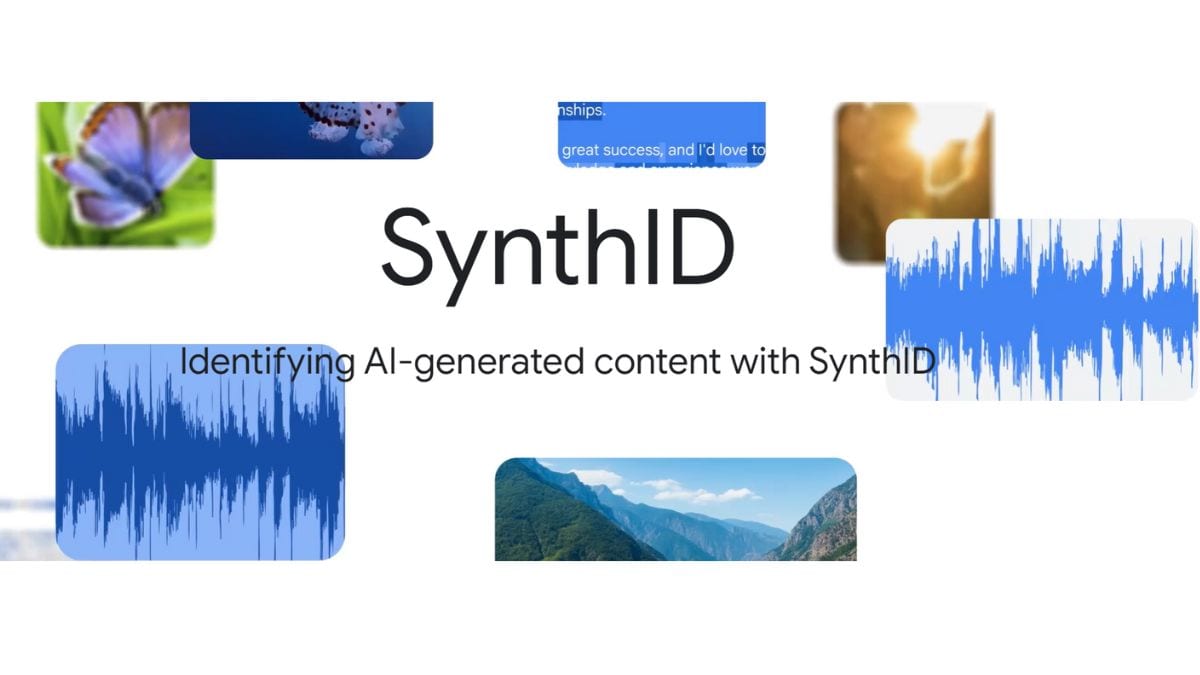Google Deepmind Open-Sourced a new technology to Watermark ai-generated text on wedding. Dubbed Synthid, The Artificial Intelligence (AI) Watermarking tool Can Be Used Across Different Modalities Including Text, Images, Videos, Videos, Audio. However, currently, it is only offering the text Watermarking tool to Businesses and Developers. The company aims for a wider adoption of the tool so that ai-generated content can be easy. Individuals and Enterprises can access the tool via the mountain view-based tech giant’s updated responsible generative ai toolkit.
Google Deepmind Open-Sources Ai Text Watermarking Technology
In a post On X (Formerly Known as Twitter), The official handle of Google Deepmind Announced Making Synthid’s text Watermarking Capability Free Available to Developers and Businesseses. Apart from the Responsible Genai Toolkit, it can also be downloaded from Google’s Hugging Face Listing.
AI-Generated Text Has Alredy Begun Crowding The Internet. Amazon Web Services Ai Lab Published A study Earlier this year which claimed that as much as 57.1 percent of all sentences online that have been translated into two or more languages might be generated using ai tools.
While AI Chatbots filling up the internet with giberish ai-generated text might appear to be a case of harmless spamming, there is a darker side to it. In the hands of bad actors, AI tools can be used to Mass-Generate Misinformation or Misleading Content. With a significant portion of Social Discourse Occurring Online, Such Actions Could Impact Real-Life Events Such as Elections and Be Used to Create Propaganda AGIENST PUGULIS.
Out of all modalities, gauging ai-generated text have proven to be the most digible task so far. This is larger because the words is not possible, and even if it was, bad actors could always repHrase the content using a second output cycle.
However, Google Deepmind’s Synthid Uses A Novel Way to Watermark Ai-Generated Text. The tool uses machine learning to predict the words that could appear after a specific word in a sentence. For institution, consider the sentence “John was feeling extramely tired after working the entrance day.” Here, only a limited number of words can appear after the word “extramely”.
Based on analysis of content generation styles of various ai models, synthid can predict the word that will appear after “extremely” and replace it with anotherm who has been founds database. The watermarking tool Later, when the tool checks for ai-generated content, its looks for the number of such words to determine its authenticity.
Notably, for images and videos, synthid adds a watermark directly into the pixels of the frames so they Remain invisible but can still be detected in the tool. For audio, the audio waves are first converted into a spectrograph, and the watermark is added to that visual data. These capabilites are currently not available to anyone outside of Google,
For details of the latest launches and news from Samsung, Xiaomi, Realme, OnePlus, Oppo and Other Companies at the Mobile World Congress in Barcelona, Visit OR MWC 2025 Hub,
